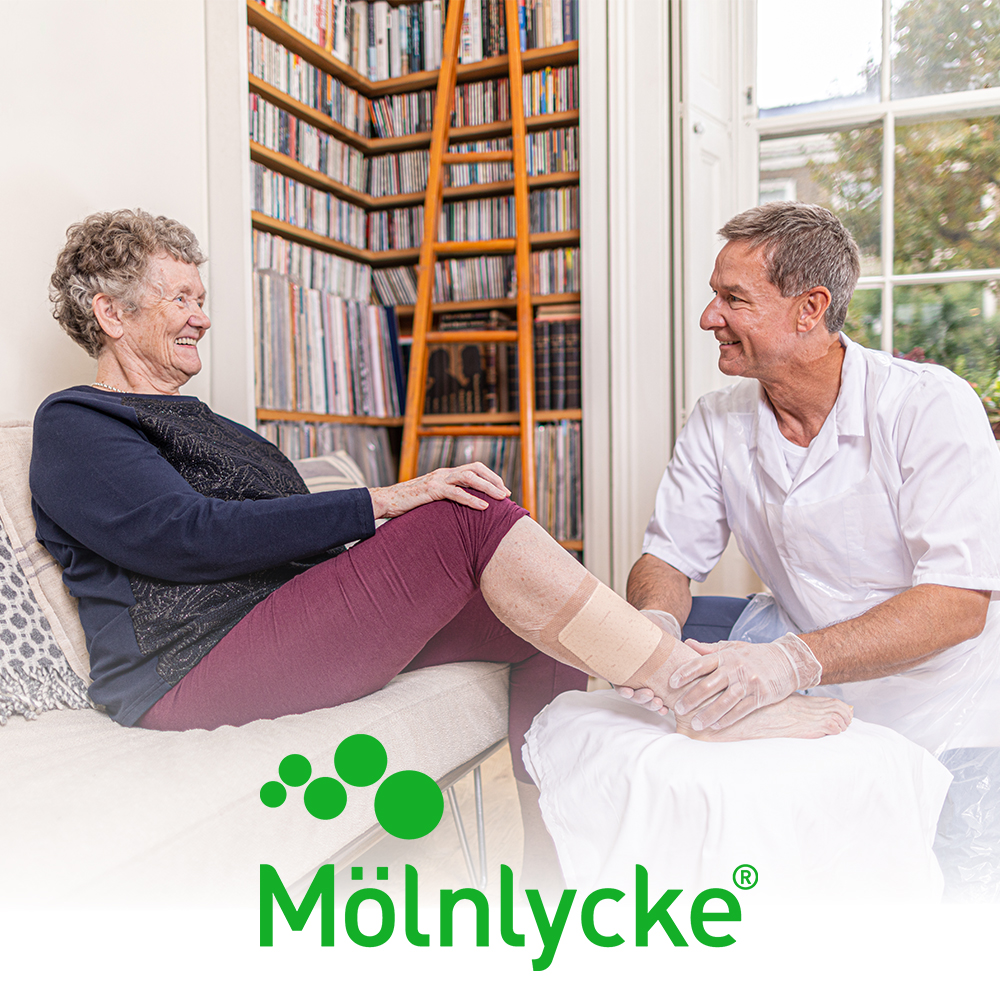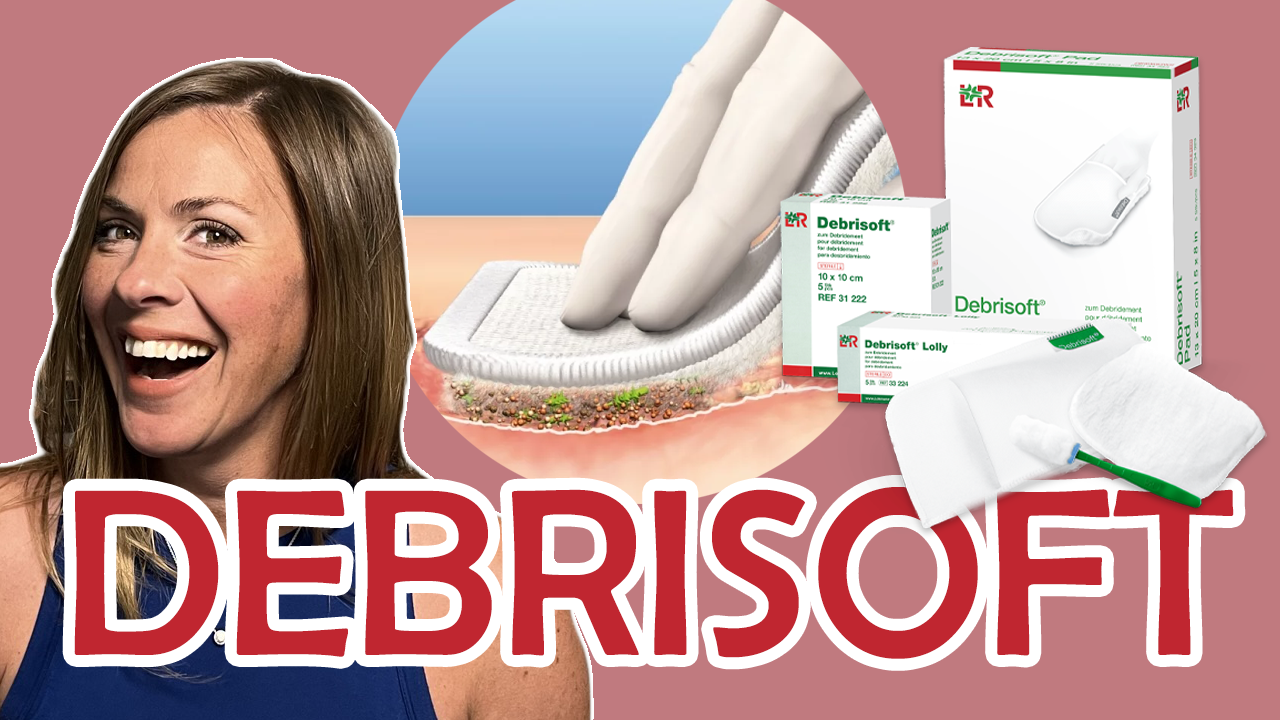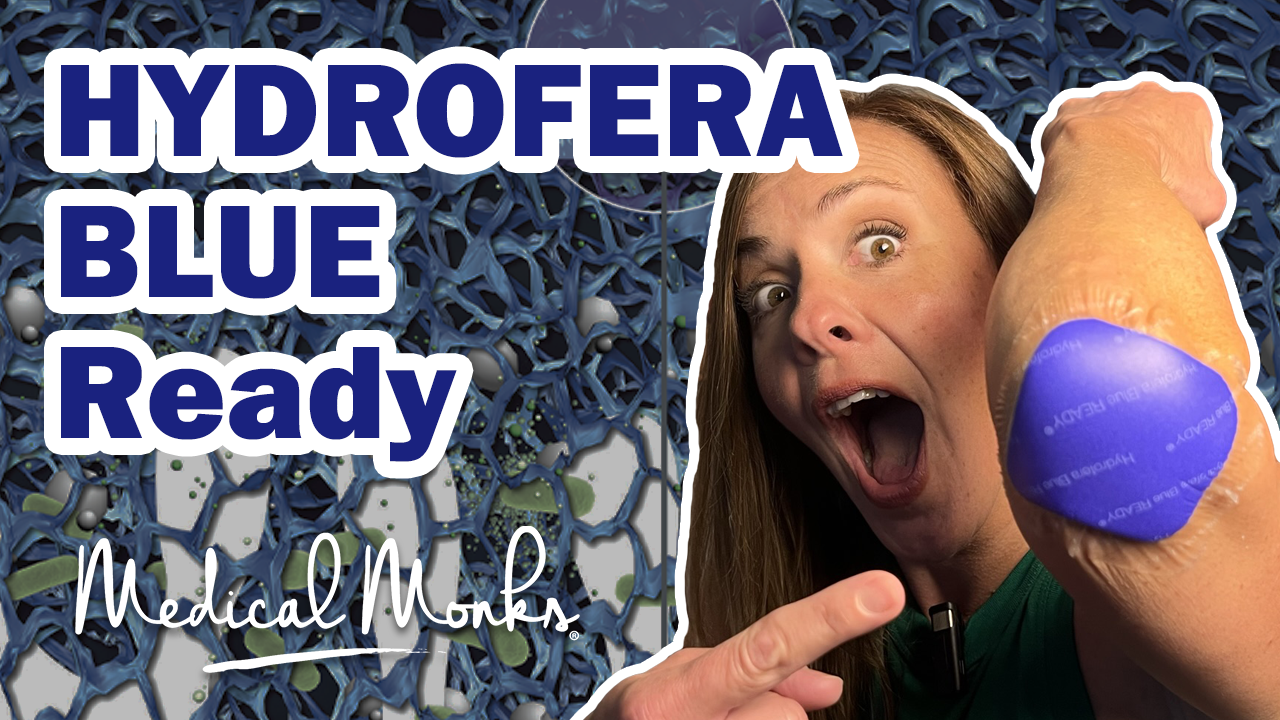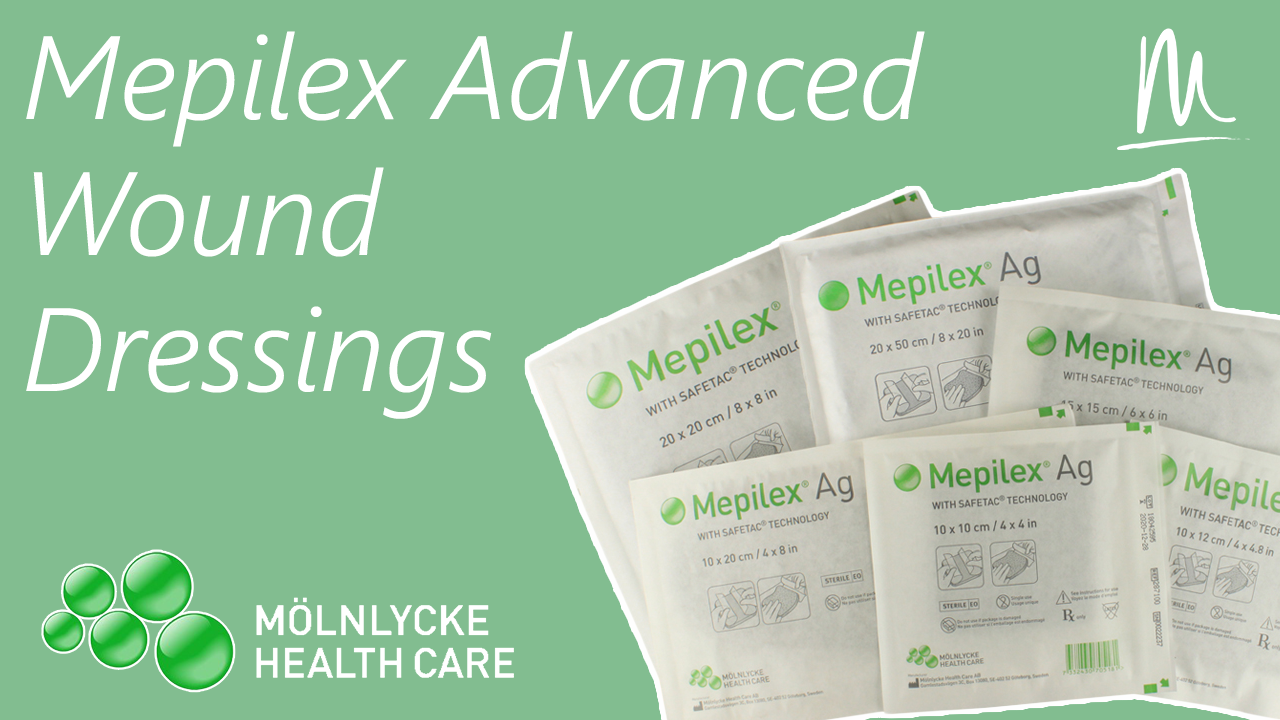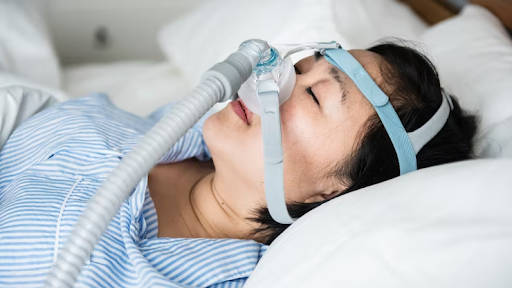Roughly 2% to 3% of people are allergic to common skin adhesives, meaning adhesive allergies affect over 16 million people worldwide. Unfortunately, it’s hard to predict who might unknowingly have an adhesive allergy without exposing them to the allergen.
This guide explores the symptoms and impact of adhesive allergies, their causes, and what medical professionals can do to treat and prevent them.
What Is An Adhesive Allergy?
An adhesive allergy is a type of allergic contact dermatitis (ACD). The National Institute of Health (NIH) defines ACD as a “type 4 or delayed-type hypersensitivity response (DTH) by an individual’s immune system to a small molecule…that contacts a sensitized individual’s skin.”
Thus, an adhesive allergy is the term for an overzealous immune response to contact with a very small molecule of adhesive. A person with an adhesive-triggered ACD experiences itchiness, inflammation, eczema, swelling, or blistering skin when their skin touches even a small amount of the adhesive compound.
Adhesive Allergy Signs & Symptoms
The most common symptoms of an adhesive allergy are skin reactions during or soon after contact with the adhesive the skin has become sensitized to. Typical symptoms include:
- Red, inflamed skin
- Raised itchy bumps, welts, or raised patches of inflamed skin (hives)
- Swollen or puffy skin tissue
- Cracking or peeling skin
- Blisters
- Oozing or weeping sores
- Hyperpigmented or leathery rashes
- Scaling
- Burning, intense itching, or stinging sensations
Symptom severity varies. While rare, at the greatest extreme, urgent allergy symptoms like anaphylaxis can occur.
Allergic Contact Dermatitis (ACD) Vs. Irritant Contact Dermatitis
ACD can seem similar to irritant contact dermatitis (ICD) at first glance. However, they differ in key ways.
ICD is “a nonspecific response of the skin to direct chemical damage that releases mediators of inflammation predominantly from epidermal cells.” While ACD is an overzealous immune response to a typically harmless substance, ICD is the skin responding to a damaging substance—typically one causing abrasions, microtraumas, skin dehydration, or occlusion.
ICD symptoms usually begin with the skin drying out, cracking, or bleeding. After that stage, immunological symptoms similar to ACD symptoms occur.
Common Adhesive Allergens
The most common adhesive allergen is latex. Approximately 4% of people in the general population, and 10% of healthcare professionals, develop a contact allergy to latex.
That said, people have developed post-exposure allergies to a diverse range of substances. It’s not always clear what specific chemical or compound in an adhesive a person is sensitized to.
After latex, the most common adhesive allergies are:
- Colophony (pine rosin [resin derivative])
- Balsam of Peru (BOP)
- 2-Hydroxyethyl methacrylate (2-HEMA)
- Carba mix (i.e. diphenyl guanidine, zinc dibutyl dithiocarbamate, zinc diethyldithiocarbamate)
- Thiuram rubber manufacturing compounds
- Alpha-galactose sugar
- Acrylate polymers
- Epoxies
Ideally, a hypoallergenic adhesive would be free from all potential allergens. In practice, though, most hypoallergenic medical adhesives incorporate at least one or two of these substances.
How To Diagnose An Allergy To Adhesive
To diagnose an adhesive allergy, a doctor will often start by taking a medical history. The history might indicate patterns of allergic reaction that point to the likely causative allergen.
Then, the physician will typically order a patch test or skin prick test. Patch tests are slightly more common, as they are better able to indicate a delayed ACD response.
Bandage Adhesive Allergy Treatment
Treatment differs depending on the severity of the allergic reaction. In mild cases, topical corticosteroids and oral antihistamines are effective.
Anaphylaxis is a medical emergency. It is treated by epinephrine injection.
Hypoallergenic Solutions: Best Bandages For Adhesive Allergies
A person with an adhesive allergy may still need to use an adhesive to secure bandages or medical devices. The most useful solutions for most patients are hypoallergenic bandages and adhesives.
Fabric bandages are commonly made with different, more hypoallergenic adhesive substances than synthetic bandages. Silicone-based adhesives and barrier films are also much less likely to trigger an allergic reaction on those with ACD.
Certain acrylate adhesives are effectively non-allergenic for patients predominantly triggered by latex, colophony, BOP, and 2-HEMA.
Second-generation polyacrylate adhesives are often useful for patients allergic to first-generation acrylates, particularly first-gen monomers or acrylate compounds incorporating other allergens.
Dermabond Mini Topical Skin Adhesive
In a 2021 comparison study, researchers concluded, “Dermabond® appears to be the most versatile adhesive with the lowest risk of ACD.”
It is well-tolerated by many, even those who have allergies to other adhesive substances. However, Dermabond can still trigger an allergic reaction in a minority of ACD patients.
UroBond III Brush-On Silicone Adhesive
Silicone adhesives are the most hypoallergenic option. Silicone is less likely to trigger an allergic dermatitis reaction than alternatives. It’s strong and resilient against heat, sweat, and pressure changes.
Mefix Dressing Fixation Fabric Tape
Mefix Dressing fixation Tape uses a polyacrylate adhesive to strongly secure medical products and bandages. It’s much less likely to cause an allergic reaction than other adhesive materials.
Skin Tac Adhesive Barrier Wipe
Torbot’s Skin Tac Adhesive Barrier Wipes are free from many ACD allergens, including latex, benzoin, and acrylates. Its adhesive formula includes rosin, but the rosin is hydrogenated—a process that reduces the substance’s allergenicity.
Skin Tac is an effective, hypoallergenic choice for most people with ACD who need to secure medical devices.
Curasilk Hypoallergenic Silk Tape
Curasilk tape uses a hypoallergenic, breathable fabric and a polyacrylate adhesive. Polymerizing acrylate renders it much less likely to cause contact allergy reactions than its monomer form.
Product Solutions
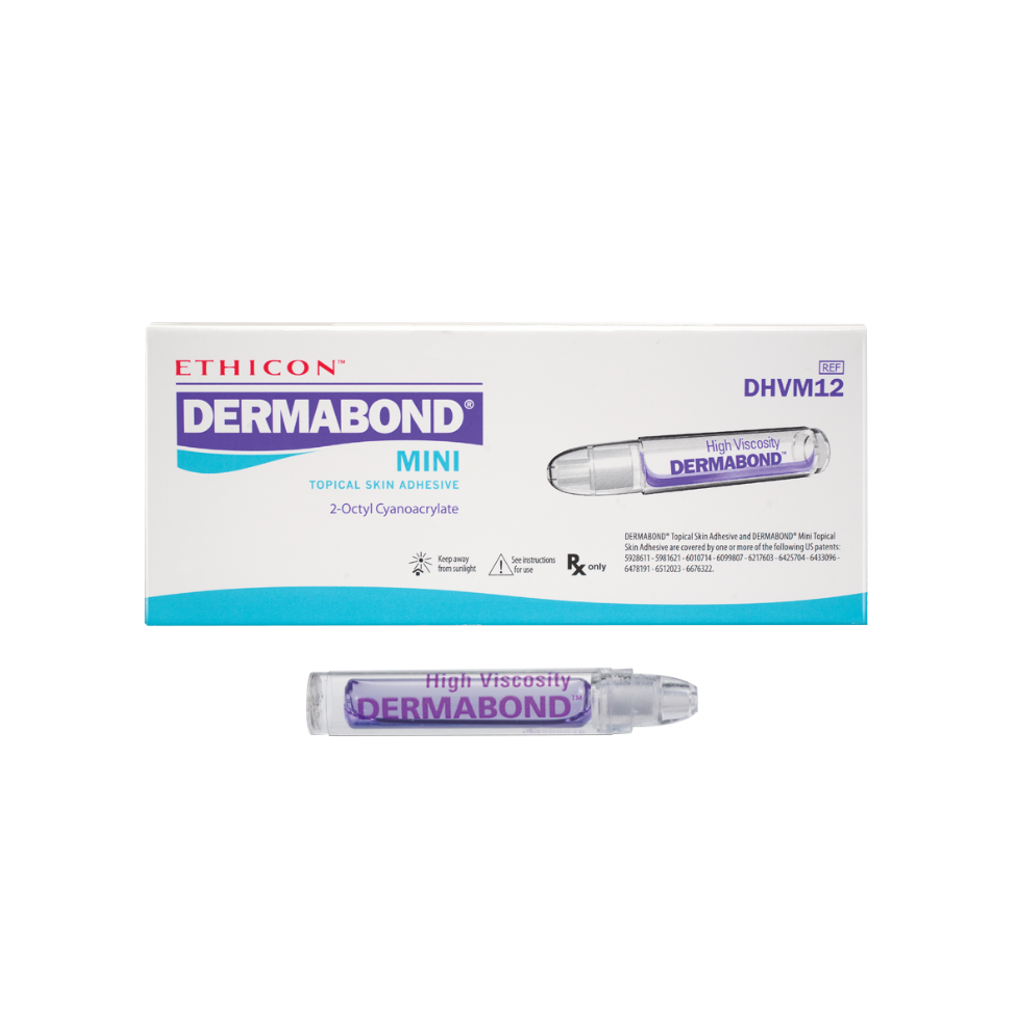
DERMABOND MINI Topical Skin Adhesive (Rx Required)
DERMABOND is a kind of liquid bandage that closes up small cuts, protects against infection and avoids the need for sutures or other dressings. Include
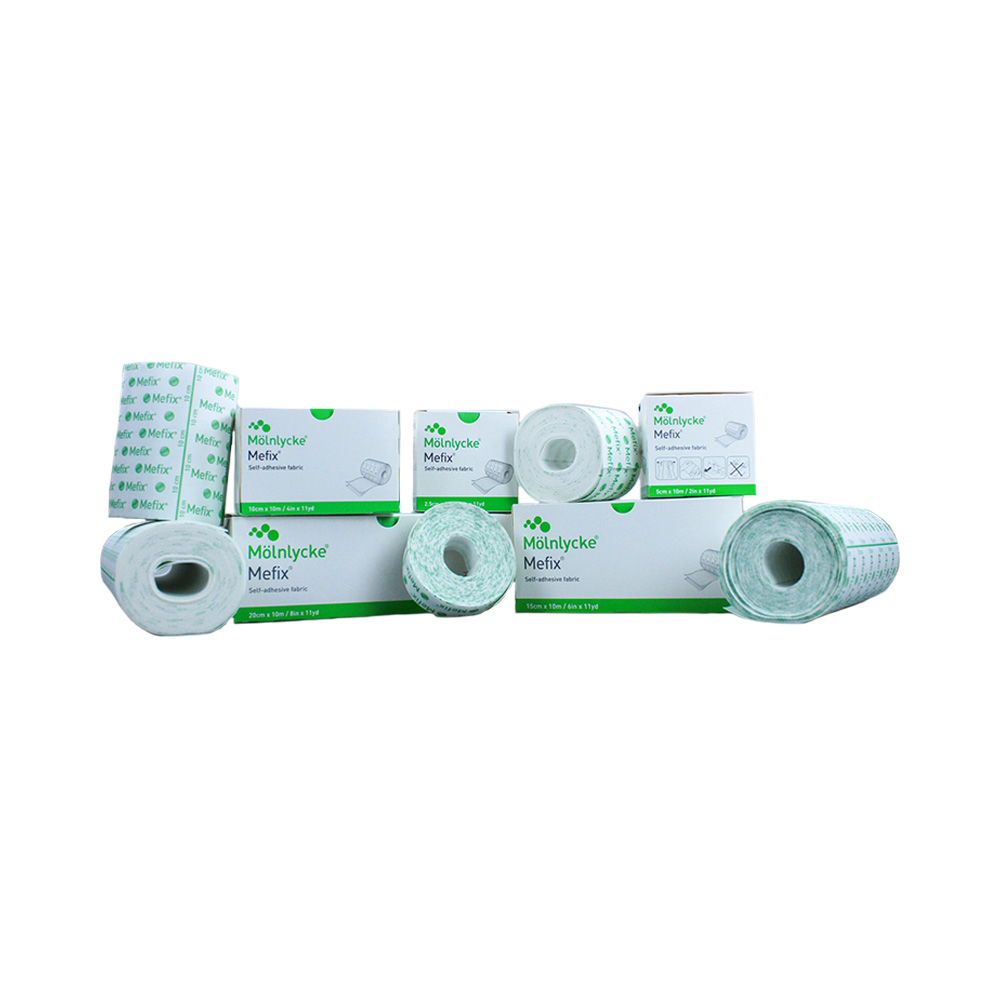
Mefix Dressing Fixation Fabric Tape
Formulated with polyacrylate adhesive, Mefix Dressing Fixation Fabric Tape is a self-adhesive fabric tape designed to help secure dressings, tubes and cannulas. Once in place,
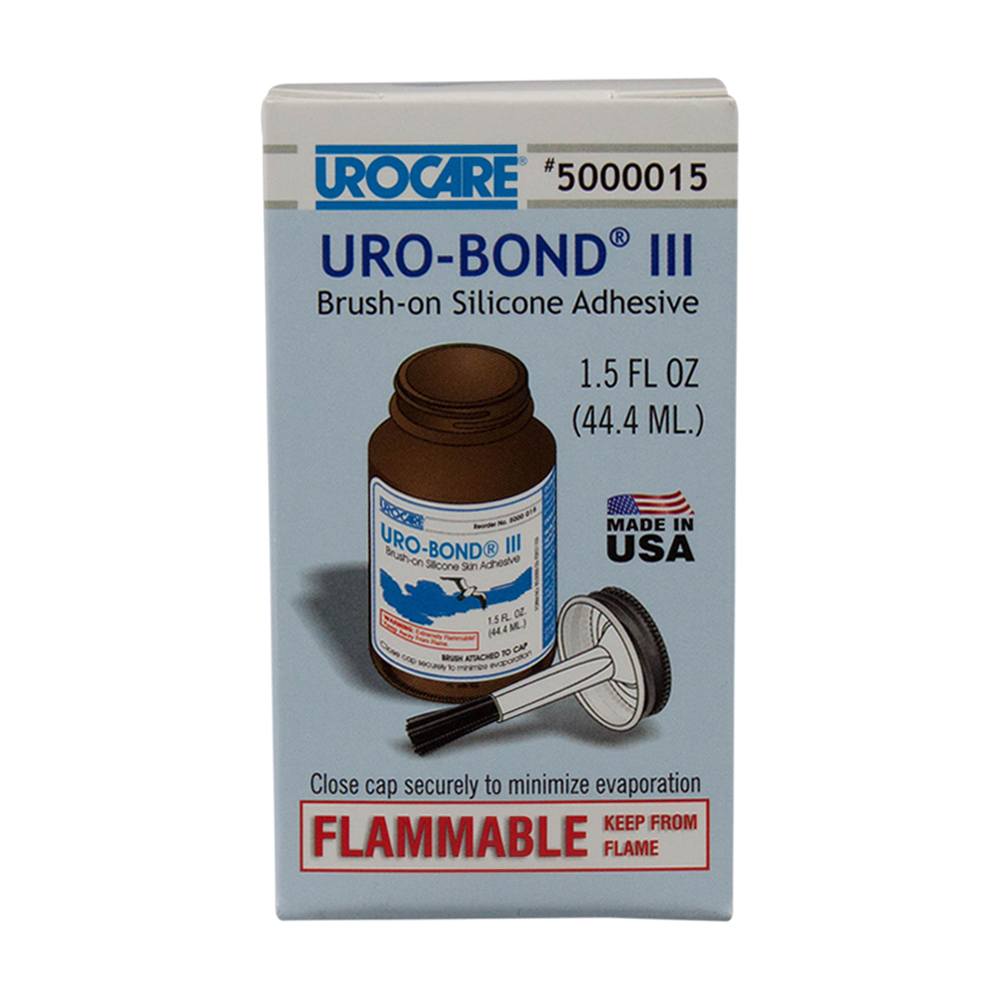
UroBond III Adhesive
Uro-Bond brush-on silicone adhesives are pressure-sensitive silicone adhesives specifically formulated for unique bonding applications and are suitable for adhering non-permanent material to the body surface.Features
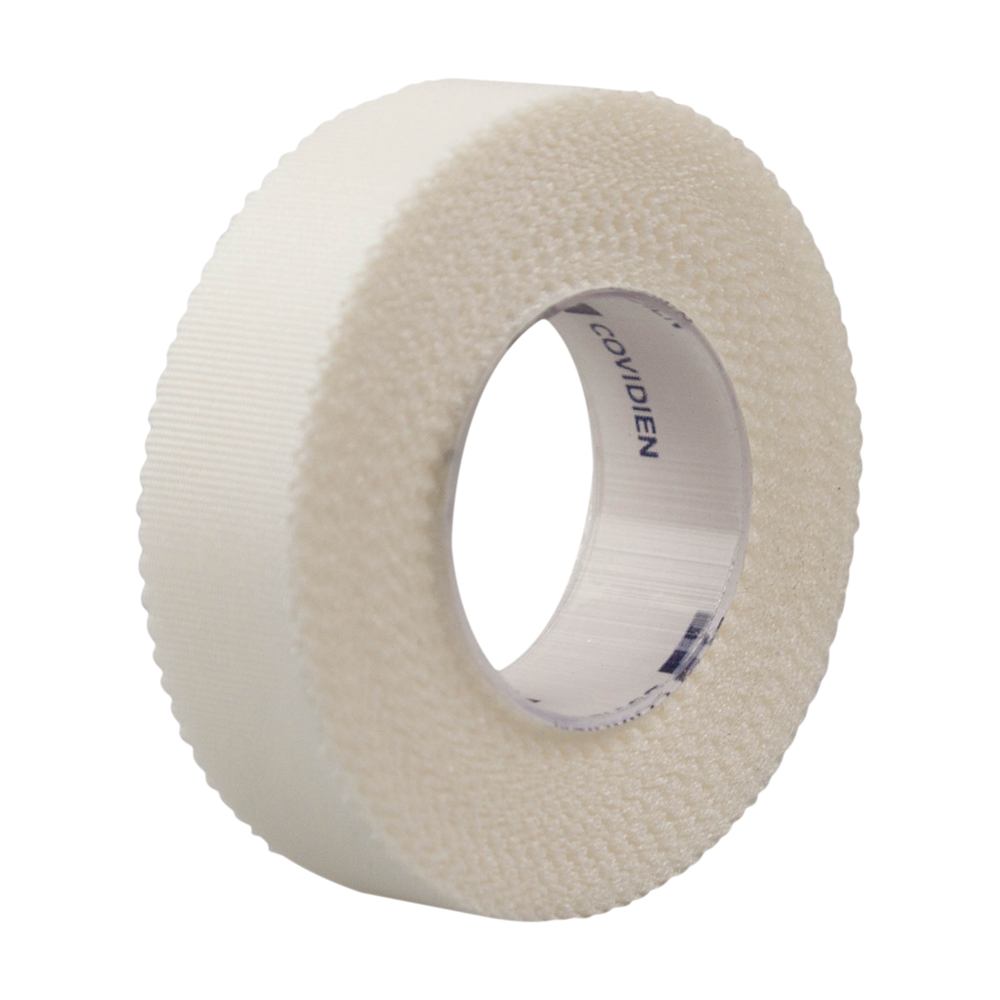
Curasilk Hypoallergenic Silk Tape
Curasilk hypoallergenic silk tape is ideal for taping catheters, IV tubing, and holds dressings securely in place where extra strength is needed.
Top Related Brands
Related Videos
Related Blogs
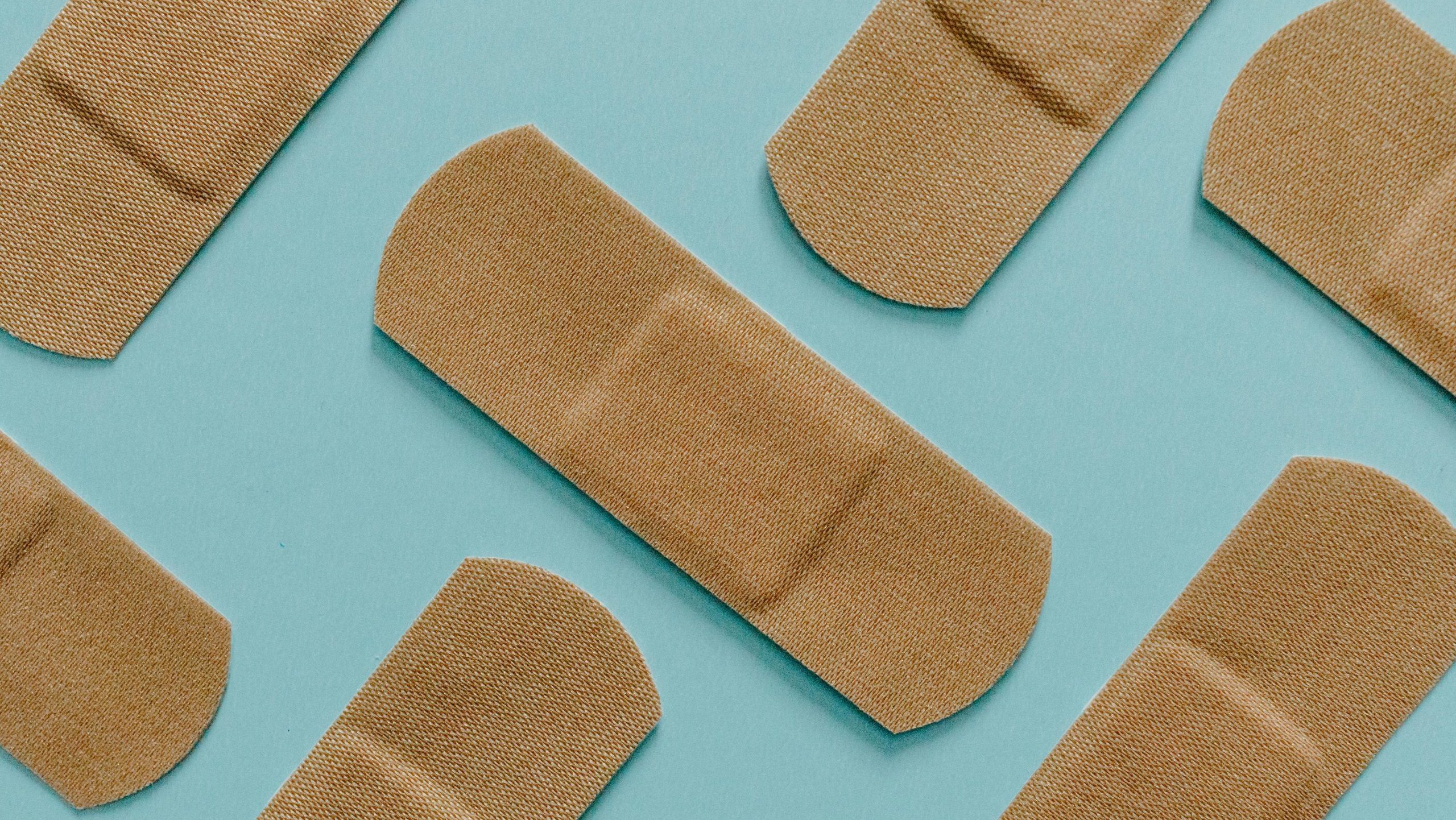
How to Treat Wounds That Won’t Heal
Our bodies can heal most wounds naturally, but sometimes they need extra help to heal
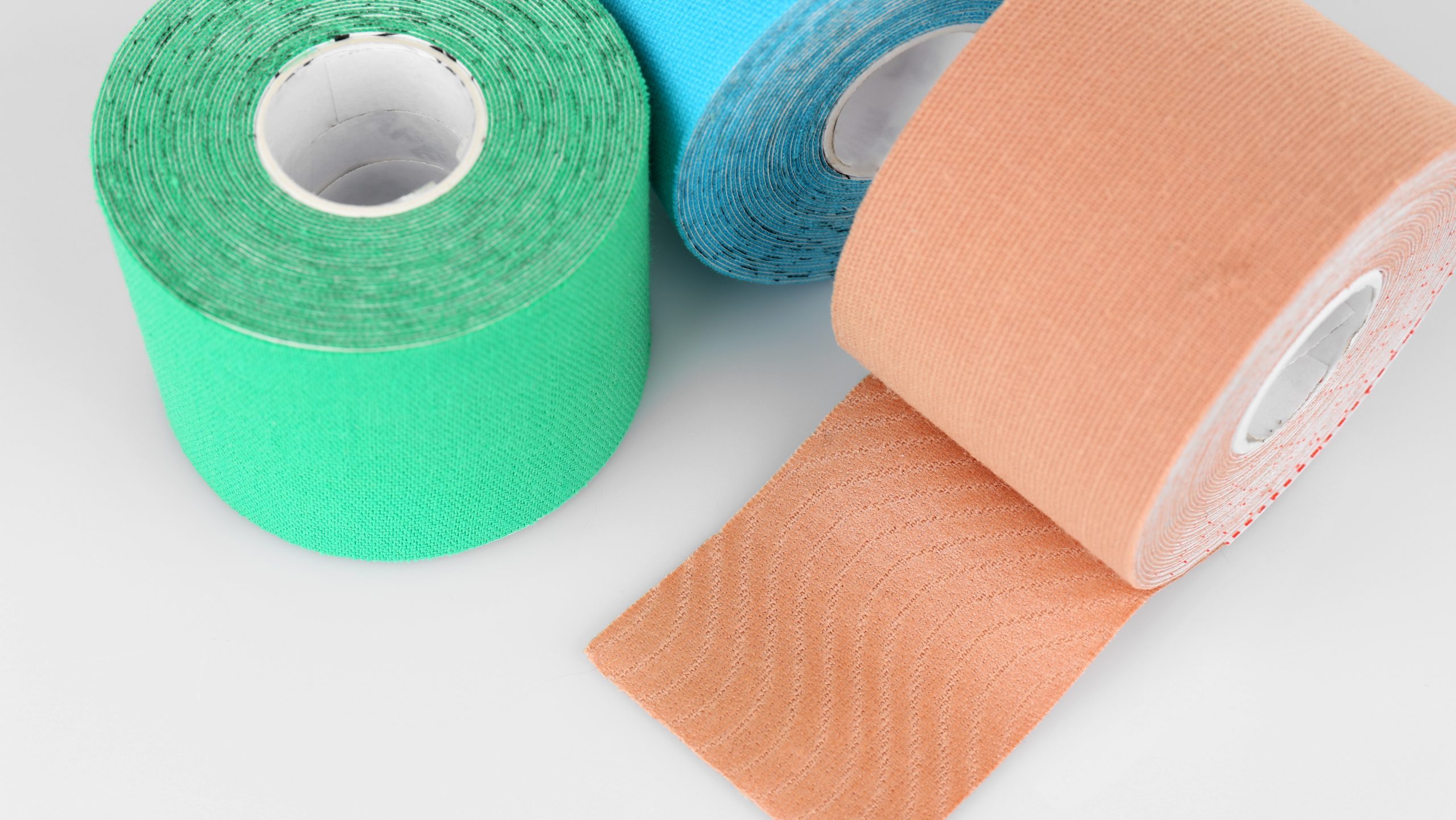
Buyer’s Guide: Medical Tapes
Medical tapes serve many different, important functions. They can secure wound dressings, affix medical devices

How to Treat Skin Tears
Skin tears are a very common wound care complication among older patients. Often caused by

